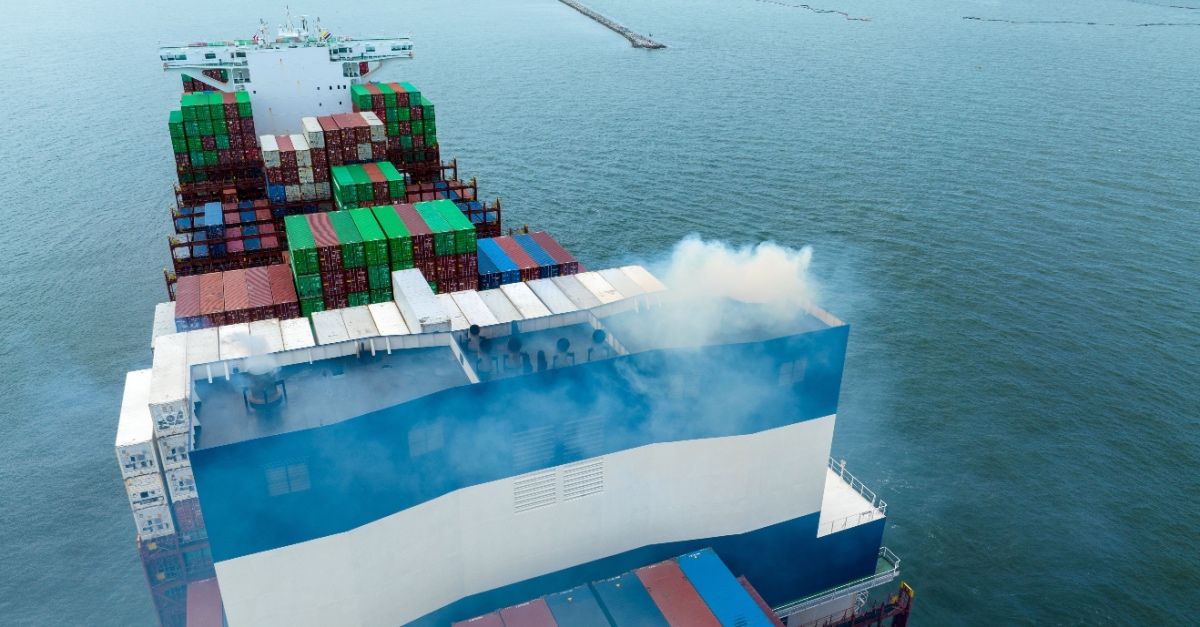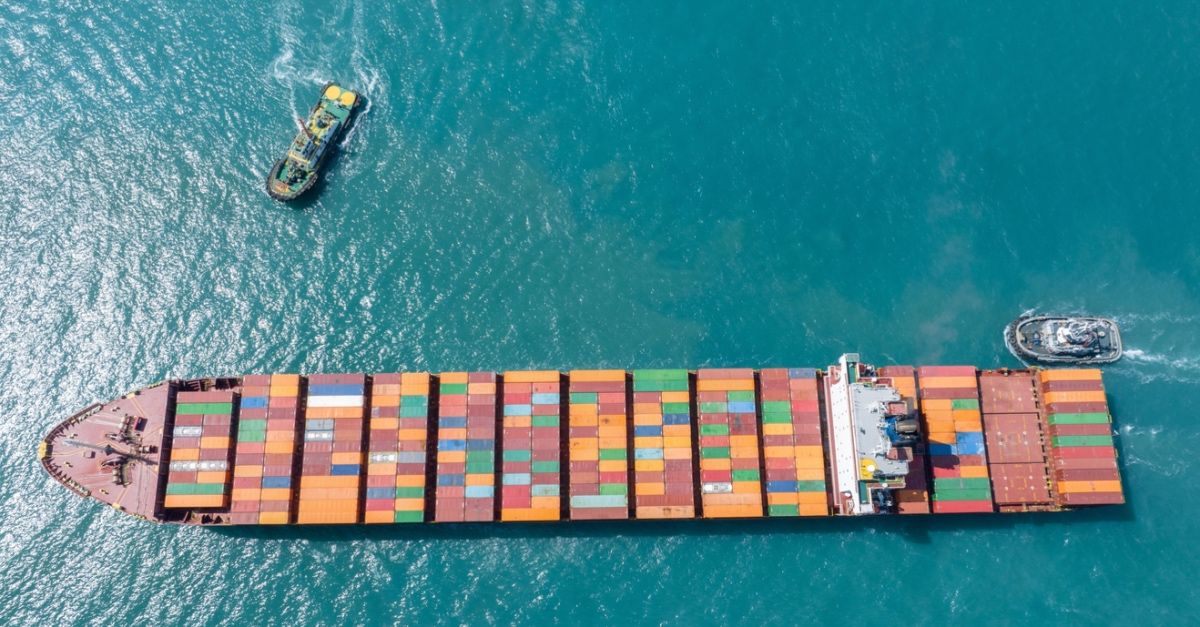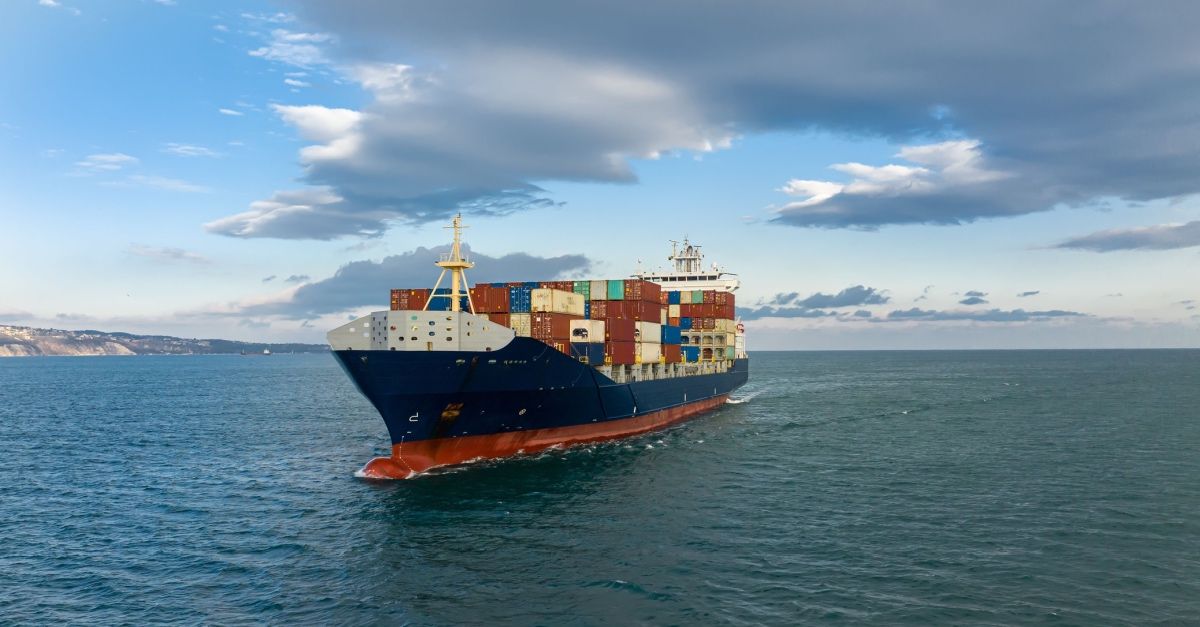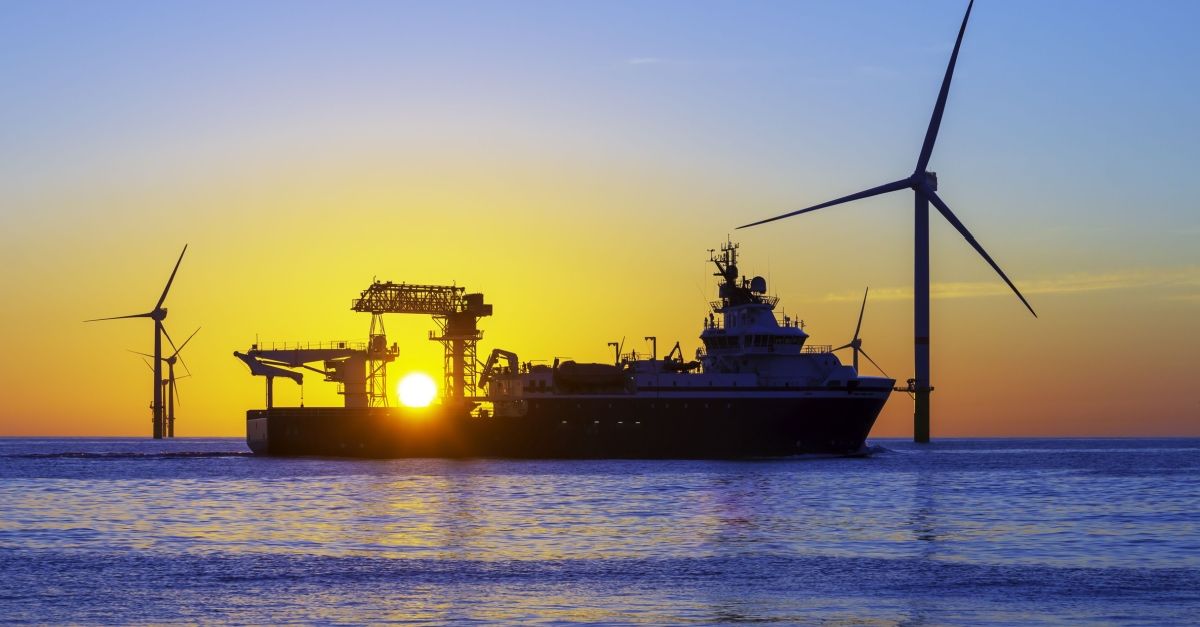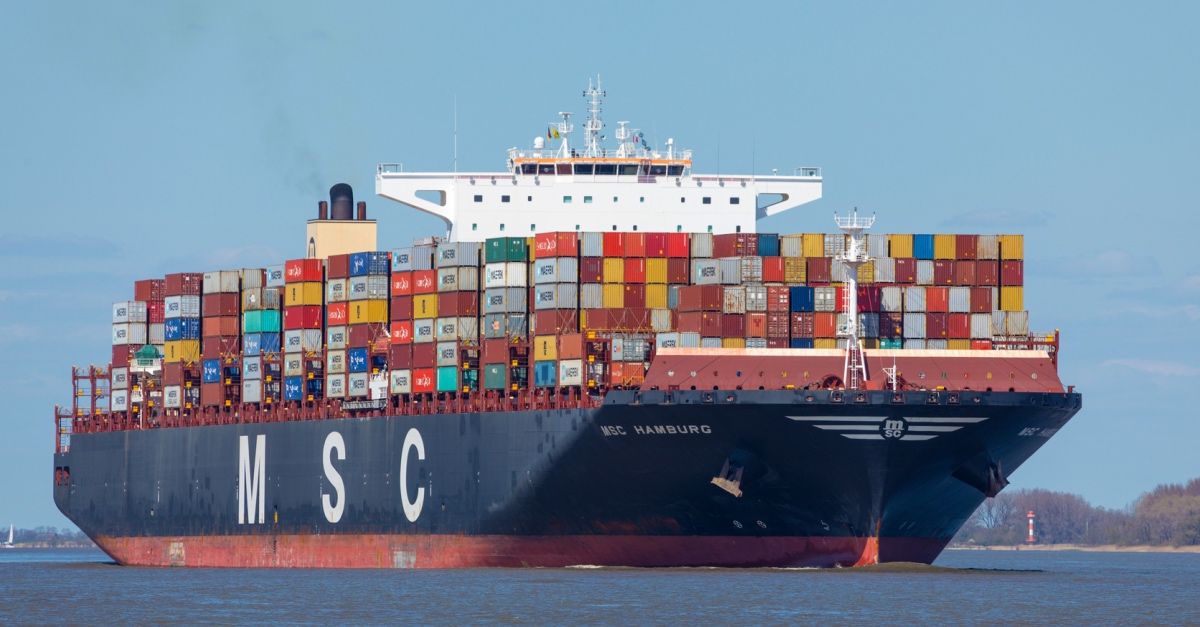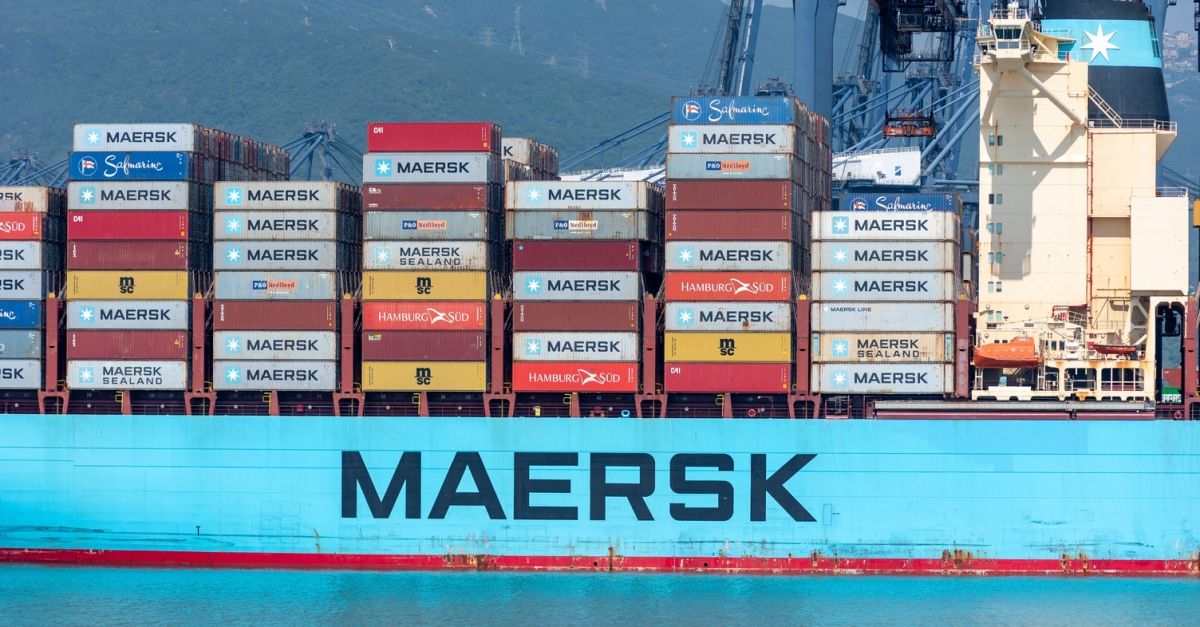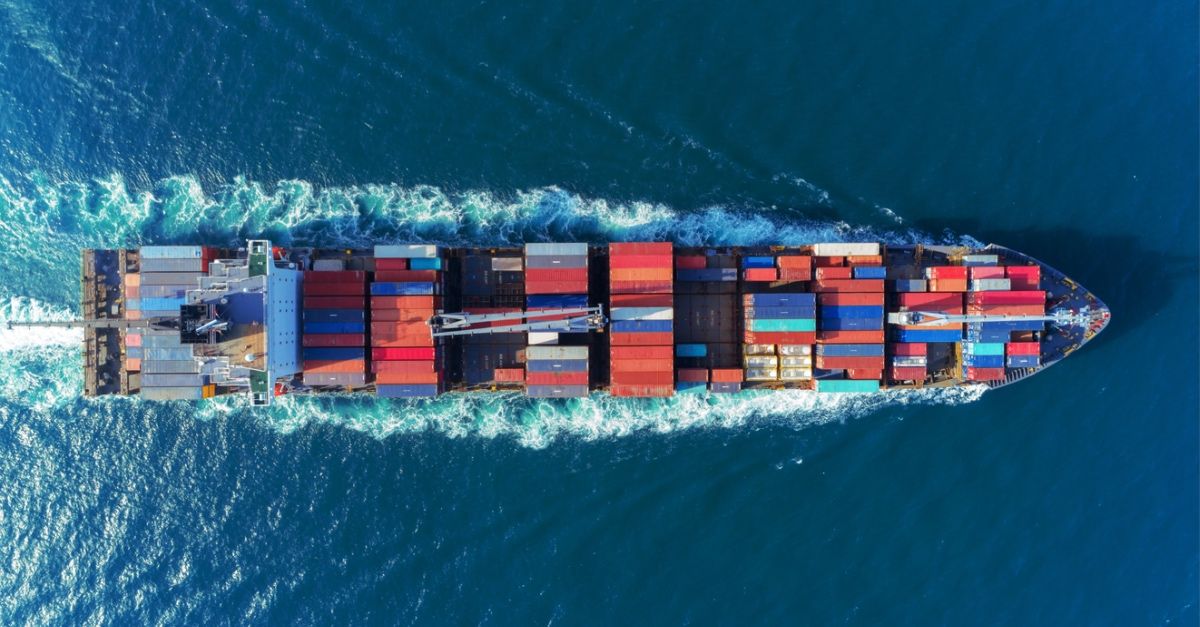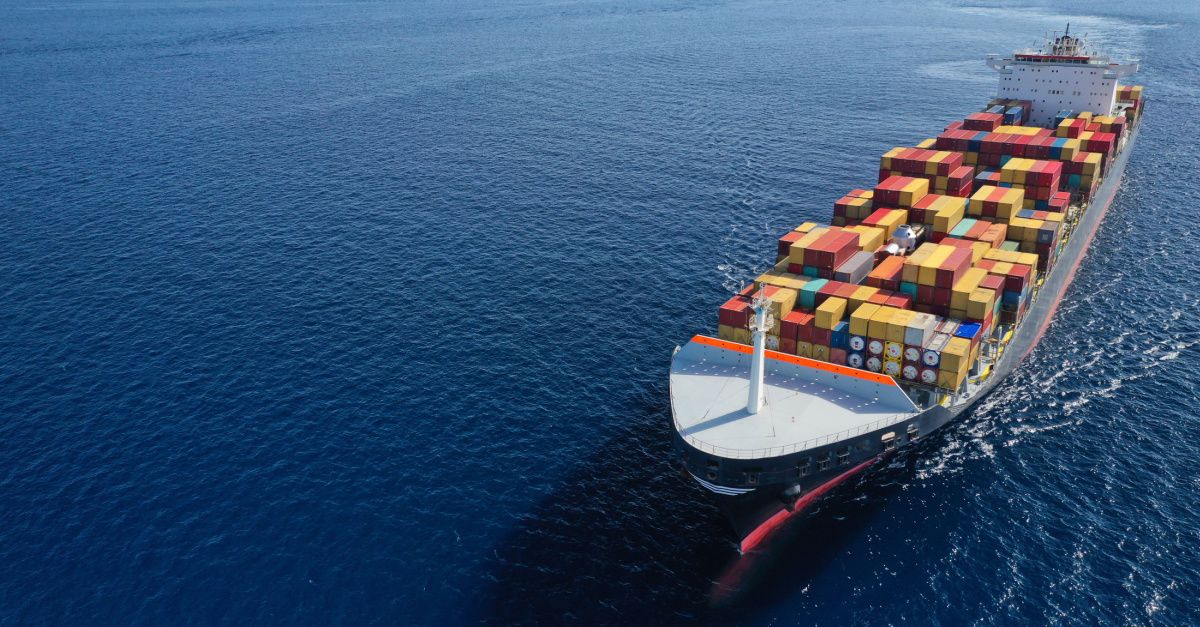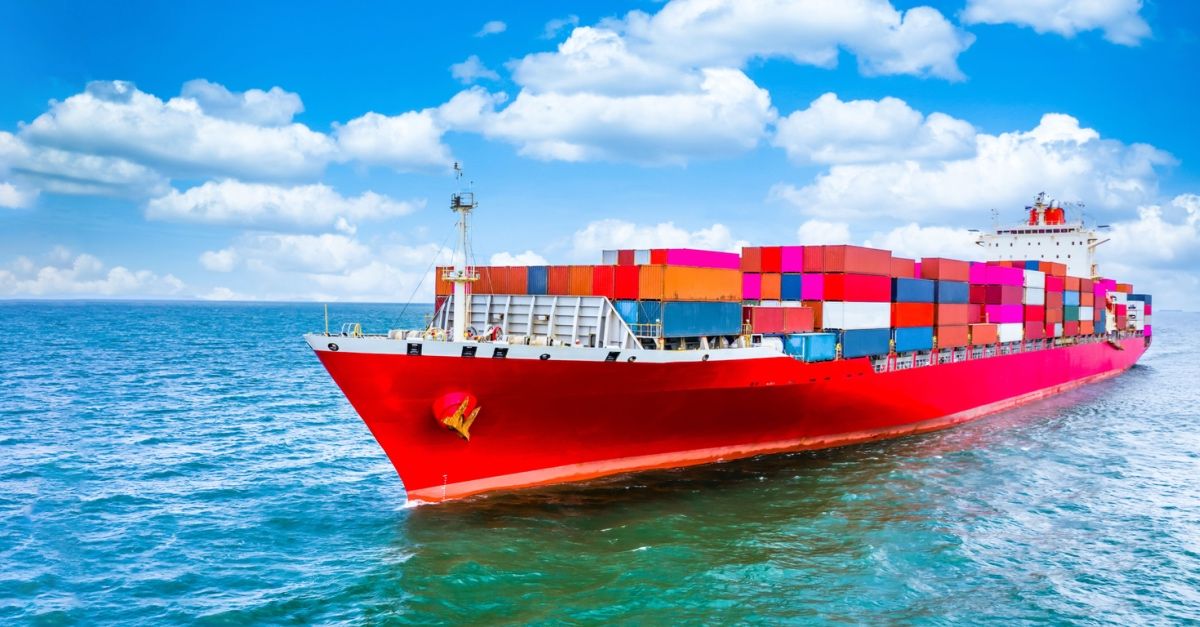The European Union’s Emissions Trading System (EU ETS) is reshaping the maritime industry, introducing phased compliance and rising costs for shippers and carriers. Starting in 2024, the EU ETS applies to cargo and passenger ships over 5,000 GT, with 100% emissions coverage by...
Supply Chain Emissions Overview: Three Trends for Shippers to Know
Searoutes’ API tools can help shippers calculate their Scope 3 emissions and provide them insights into other areas where emissions reductions can occur.
Benchmarking for Sustainability: Using Data to Set and Achieve Supply Chain Emission Reduction Goals
Organizations can use emissions data analysis experts such as Searoutes to establish a benchmarking program or bolster an existing one. These experts can provide insights into their performance in reducing emissions.
The Green Advantage: The Competitive Benefits of Sustainable Shipping
Using technologies such as the API tools offered by Searoutes can help shippers reduce their supply chain emissions, paving the way for companies to showcase how their contributions to sustainable shipping are making the world a better place.
Navigating Legal Obligations: Searoutes’ Role in Emissions Control Compliance
As international courts weigh in on countries’ responsibilities to fight climate change, the European maritime sector seeks to cut supply chain emissions.
MSC Emissions: Understanding MSC’s Emissions Reduction Strategy
Searoutes’ API tools can help shippers navigate the EU emissions trading system as well as enable them to meet their company’s sustainability goals.
Maersk Emissions: Understanding Maersk’s Emissions Strategy
Understanding how Maersk and other carriers plan to implement emissions surcharges to comply with the EU ETS might seem daunting at first. But shippers can gain insight into this process through Searoutes.
Smooth Sailing, Minimal Impact: The Complete Guide to EU ETS (Part 3)
By using Searoutes’ API tools to compare current conditions against historical trends, shippers can gain a better understanding of what costs to expect under the EU’s emissions trading system.
The Complete Guide to EU ETS: Part 2
Shippers need not feel threatened by how much freight costs might increase under the EU ETS. … By leveraging technology, gaining insight into emissions patterns, and playing smart in procurement, shippers can stay ahead of the curve and safeguard their bottom line.
The Complete Guide to EU ETS: Part 1
Under the EU’s emissions trading system, European shipping will now need to slash emissions. But complying with this mandate need not be a daunting task.
